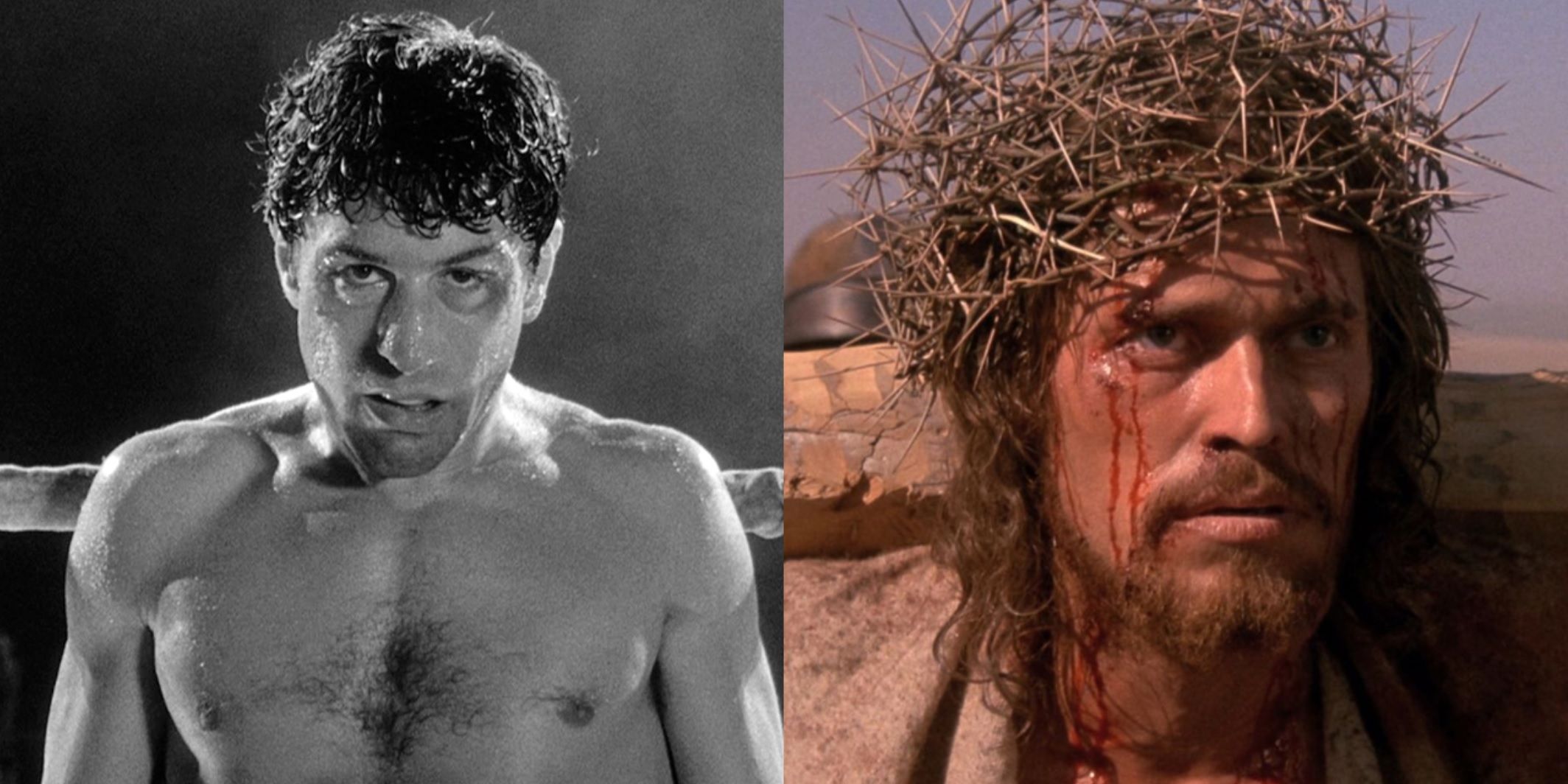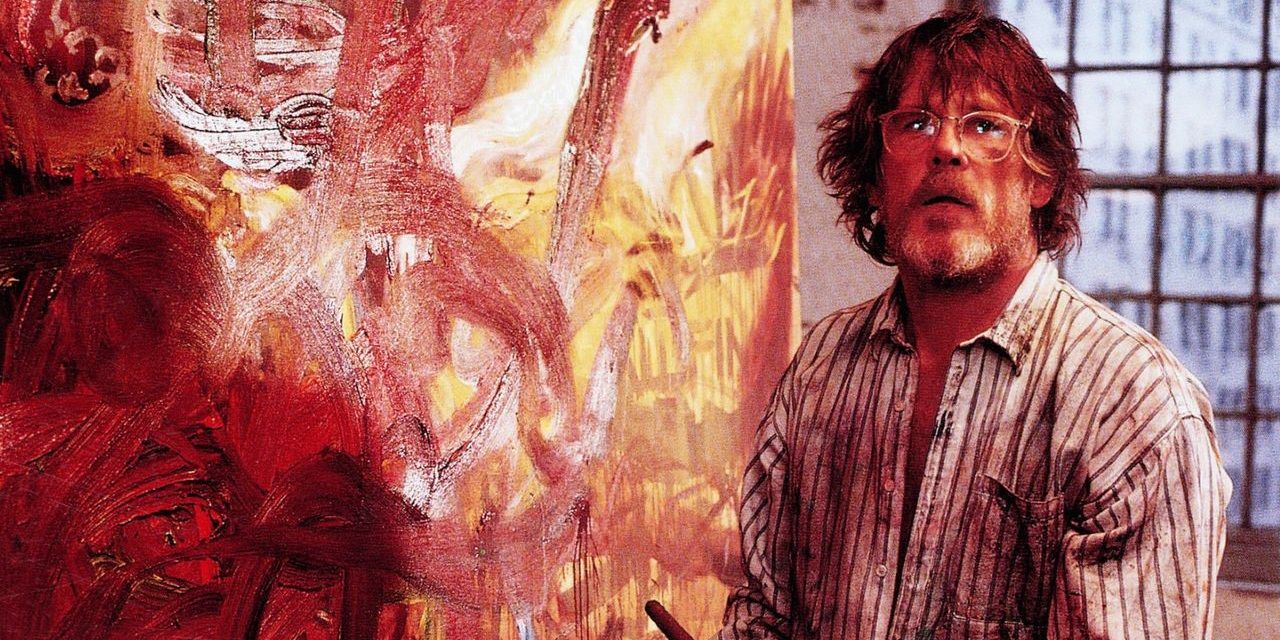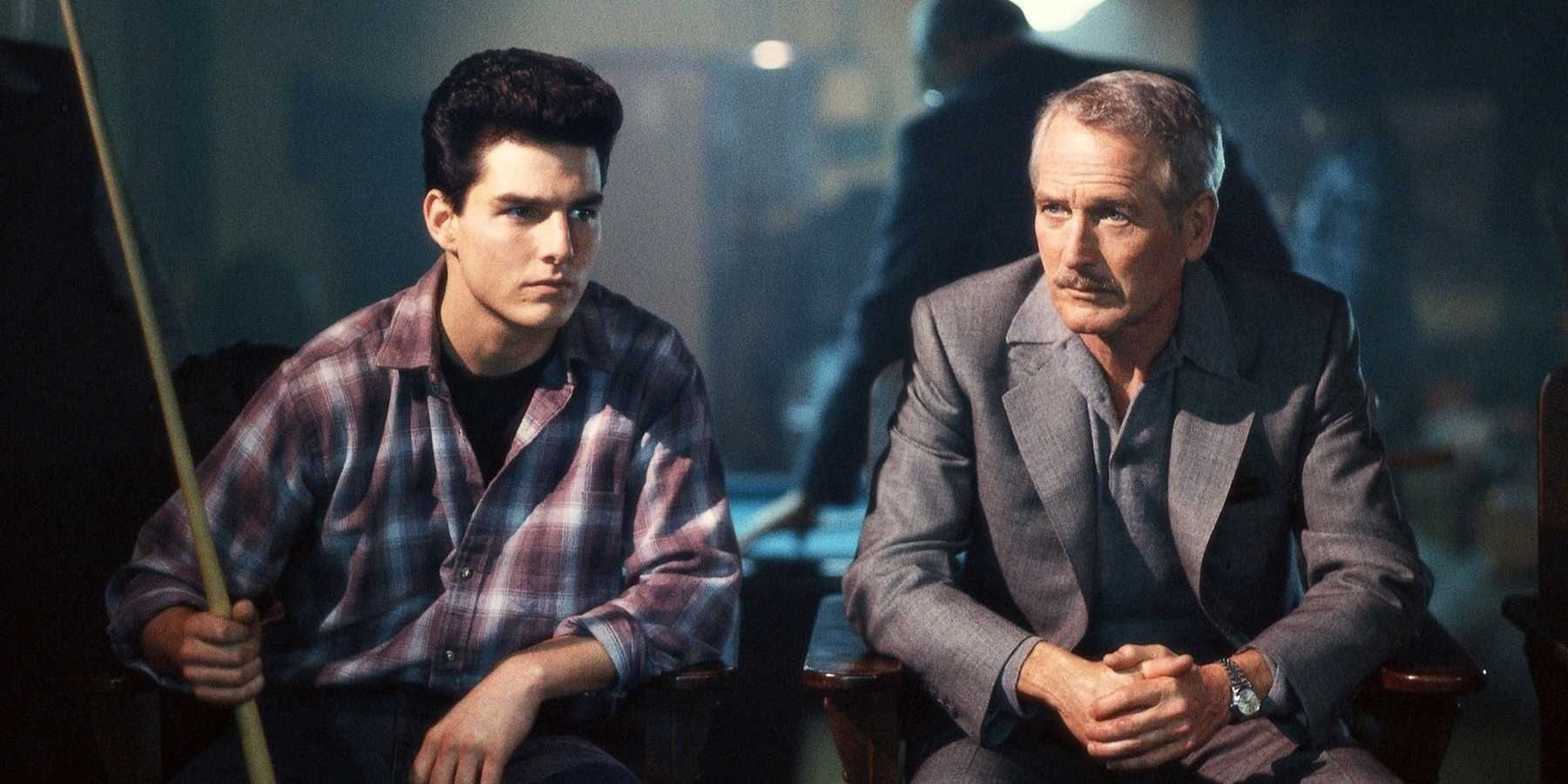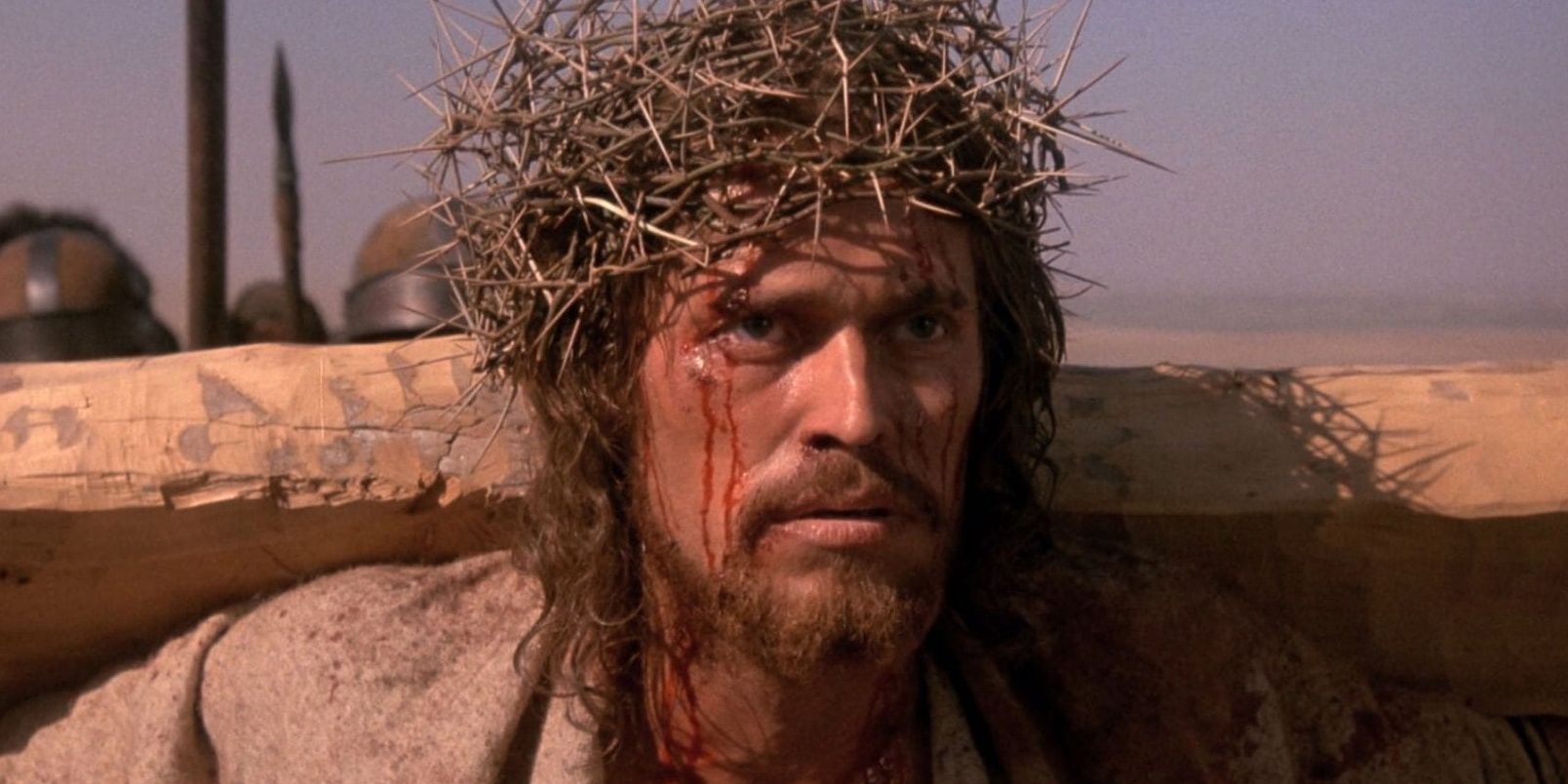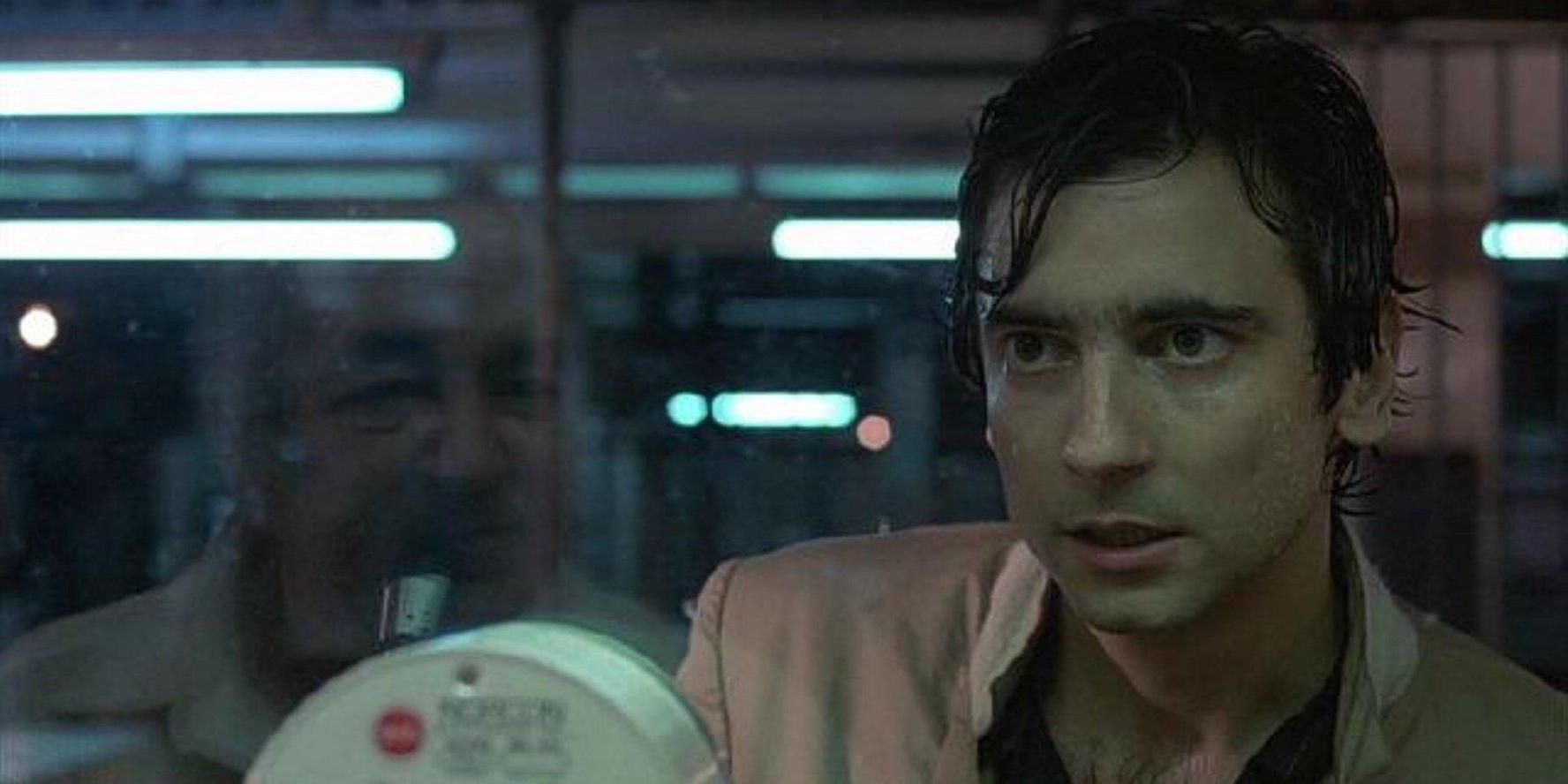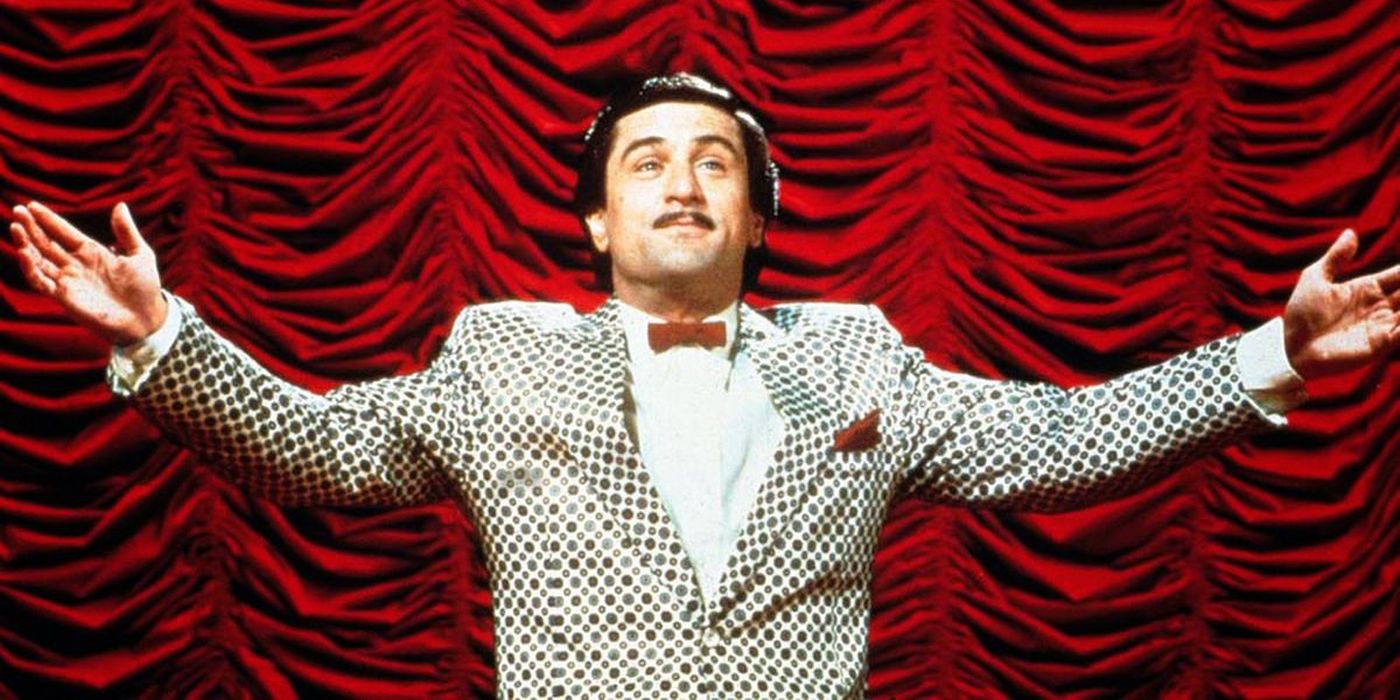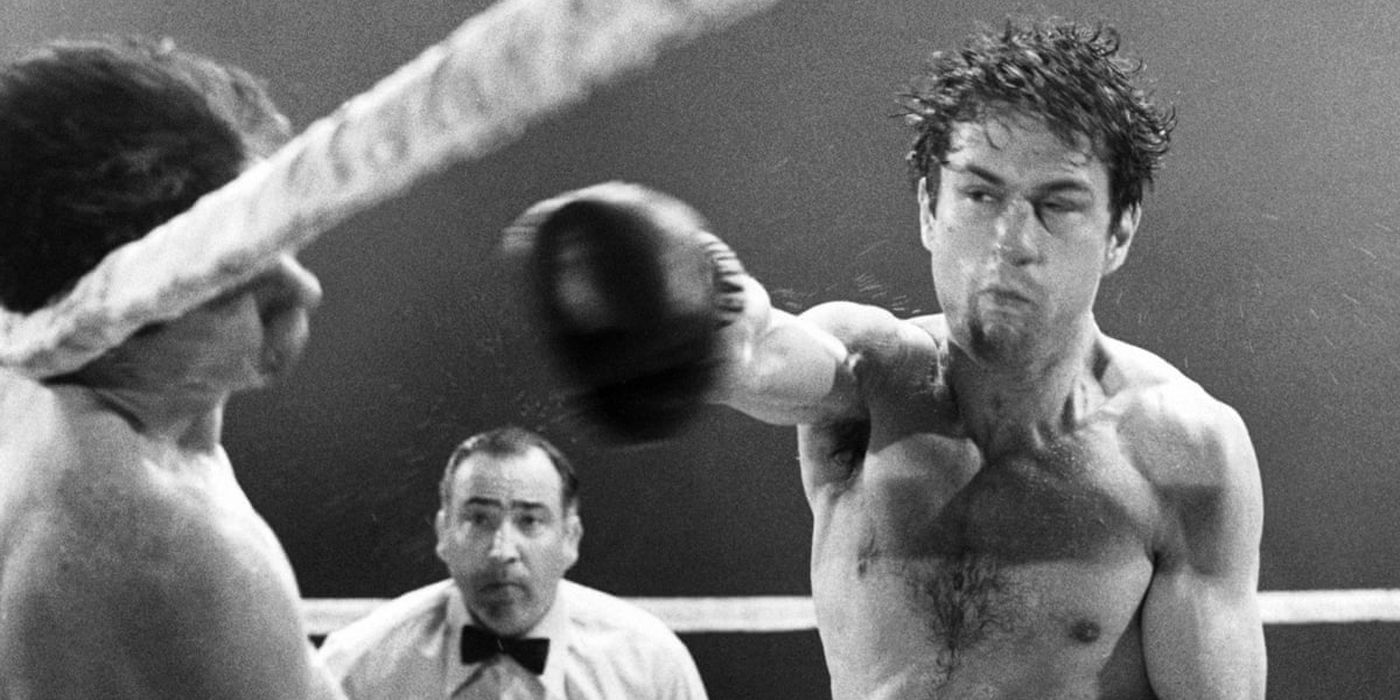In the 1970s, Martin Scorsese became a household name with hits like Mean Streets and Taxi Driver. The ‘70s marked the heyday of the New Hollywood movement that launched Scorsese’s groundbreaking career. At the tail end of the decade, Scorsese suffered his first critical and commercial bomb with the polarizing musical romance New York, New York.
But the director earned a comeback at the beginning of the 1980s with one of his finest films, boxing biopic Raging Bull. Throughout the rest of the decade, Scorsese helmed beautiful, challenging, richly crafted movies like The King of Comedy and The Last Temptation of Christ.
New York Stories (1989) – 6.4
Scorsese’s last film of the 1980s, New York Stories, is sort of a stylistic experiment. It’s an anthology of three New York-centric short films helmed by three legendary New York-based filmmakers: Francis Ford Coppola (“Life without Zoë”), Woody Allen (“Oedipus Wrecks”), and Martin Scorsese (“Life Lessons”).
Scorsese’s segment is first in the line-up, and the only one that was consistently acclaimed in reviews. Coppola and Allen’s segments were heavily criticized, but Scorsese’s was praised for getting the movie off to a strong start with the tale of a middle-aged painter and his disillusioned young muse.
The Color Of Money (1986) – 7.0
In 1986, Scorsese helmed his one and only franchise movie, The Color of Money. This is one of the earliest examples of a “legacy sequel,” which has since become a blockbuster trend. It’s a belated sequel to The Hustler released 25 years after the original. This was Scorsese’s second sports movie of the decade after Raging Bull.
Paul Newman won the Academy Award for Best Actor (his first Oscar win after a whopping seven nominations) for reprising his role as pool hustler Fast Eddie Felson. Tom Cruise gave an early-career supporting turn as a young protégé that Felson takes under his wing.
The Last Temptation Of Christ (1988) – 7.5
Catholic guilt was a theme of Scorsese’s filmmaking from the very beginning, but he didn’t make an overtly religious movie until 1988’s The Last Temptation of Christ. Last Temptation is a typical Scorsese biopic that presents its subject as a morally ambiguous antihero – it’s just that the subject happens to be Jesus Christ. This is a fictionalized portrayal of Jesus that wasn’t based on the Bible, but rather on Nikos Kazantzakis’ controversial novel.
Despite being a lifelong follower of the Catholic faith, Scorsese didn’t pull any punches in his portrayal of a three-dimensional messiah. The film is notable for its star-studded cast, featuring Willem Dafoe as Jesus, Harvey Keitel as Judas, Barbara Hershey as Mary Magdalene, and none other than David Bowie as Pontius Pilate.
After Hours (1985) – 7.6
Scorsese followed up The King of Comedy, one of his only full-blown comedies, with another one of his only full-blown comedies, After Hours. The perfect intersection between a screwball comedy and a film noir, After Hours stars Griffin Dunne as Paul Hackett, with supporting performances by such screen icons as Rosanna Arquette, Teri Garr, and Cheech & Chong. Set over the course of one crazy night, After Hours follows a bored office drone who finishes a late shift and ends up on a bizarre odyssey through the strangest corners of New York City’s SoHo district.
With its single-night story structure, After Hours plays like Dazed and Confused or Superbad but with a more philosophical, existential edge. Although it wasn’t properly appreciated in its time, After Hours was recently referenced by Apple’s hit sitcom Ted Lasso with the Coach Beard-centric episode in season 2.
The King Of Comedy (1982) – 7.8
Scorsese’s underappreciated showbiz satire The King of Comedy is essentially a comedic take on the Taxi Driver formula with another story of a delusional loner being driven to his breaking point and turning to a life of crime. Taxi Driver’s Robert De Niro stars as Rupert Pupkin, an aspiring comedian who wants fame and fortune without putting in the work.
Rupert imagines a friendship with talk show host Jerry Langford, played by a hysterically deadpan Jerry Lewis, and ends up kidnapping Langford to blackmail his way into getting stage time on the show. The King of Comedy was overtly homaged by the plot of the Joker movie, whose $1 billion box office receipts confirm the timelessness and continuing relevance of the Scorsese original. In Joker, the roles are reversed with De Niro playing the exasperated talk show host.
Raging Bull (1980) – 8.2
After New York, New York resulted in the first critical and commercial failure of his career, Scorsese came back in a big way with Raging Bull. Along with Taxi Driver and Goodfellas, Raging Bull is hailed as one of the director’s finest films. It earned Robert De Niro a Best Actor Oscar for his raw, uncompromising portrayal of violent, abusive boxer Jake LaMotta.
Throughout the movie, LaMotta’s rage – which is exacerbated but not contained by the ring – gets the better of him and drives away everybody who ever cared about him. Like Taxi Driver, Raging Bull is a study of isolation, but instead of being a loner from the beginning, LaMotta is surrounded by family and friends that he alienates with anger and violence.

